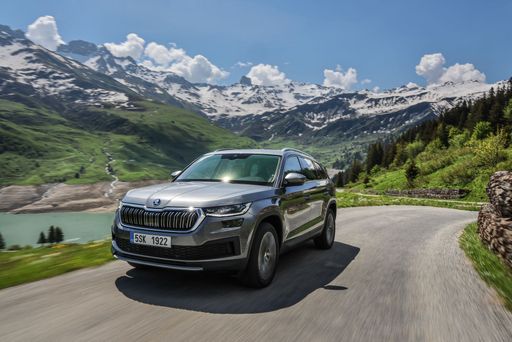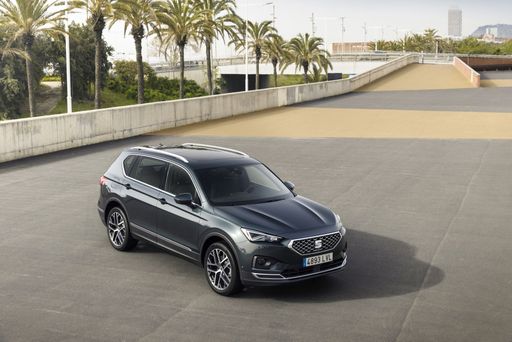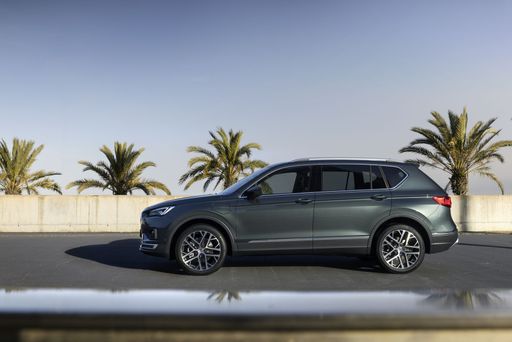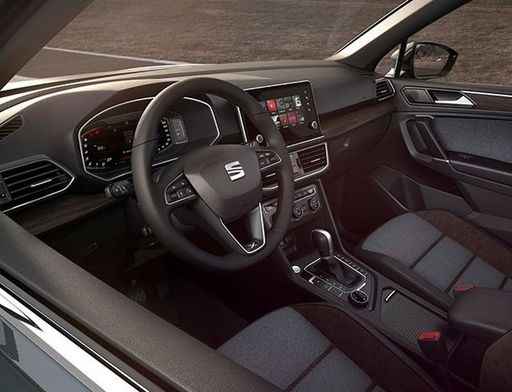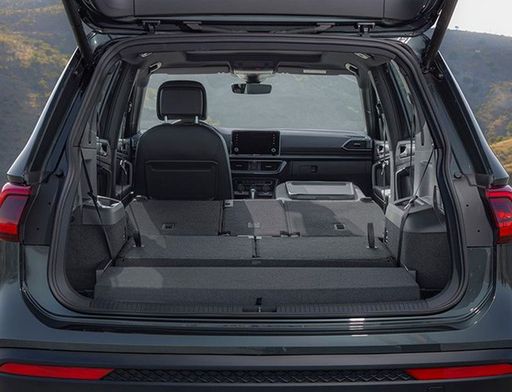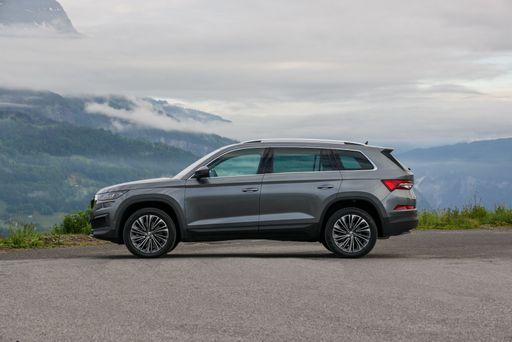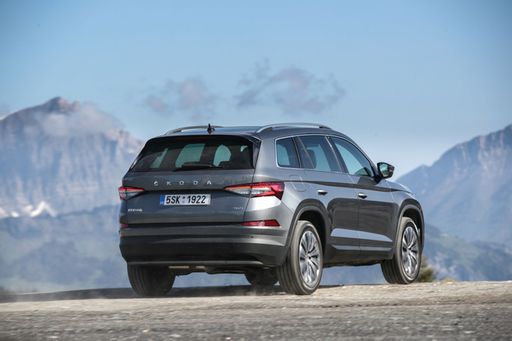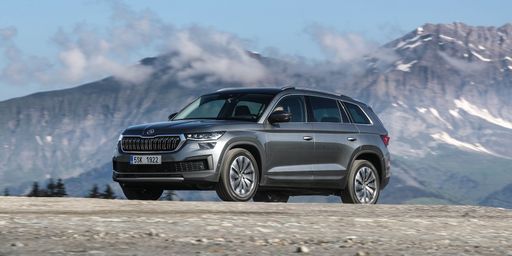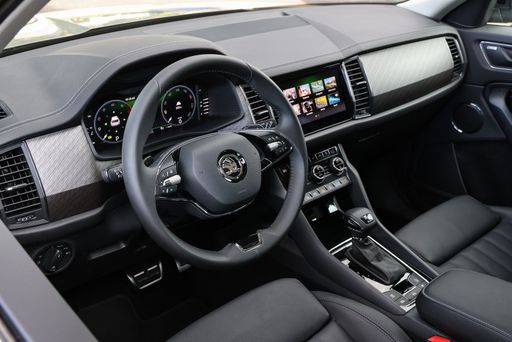SEAT Tarraco vs. Skoda Kodiaq: A Comprehensive Comparison
The SUV market has been burgeoning, presenting buyers with numerous choices that blend performance, comfort, and technology. Among the standout competitors in this segment, the SEAT Tarraco and Skoda Kodiaq emerge as two popular options. Each model boasts unique features and advantages, making them worthy of a thorough comparison. Let’s dive into the technical specifications and innovations of these two remarkable SUVs.

